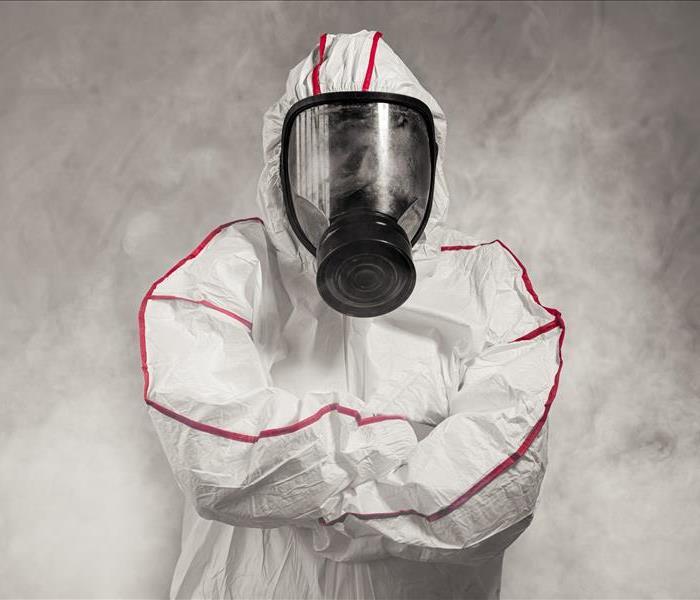The Importance of Mold Prevention for Rental Properties
11/20/2021 (Permalink)
 Contact a mold remediation professional if you detect mold growing in your Greenville, NC properties.
Contact a mold remediation professional if you detect mold growing in your Greenville, NC properties.
Owning rental property is a potentially lucrative but stressful venture. One of the main problems is limiting vacancies and protecting your properties from damage during such inevitable circumstances. Mold prevention should be among your primary concerns as it is an often costly and timely issue. There are several things a property owner can do to limit the risks of mold growth during vacancies, including:
- Turn off the main water supply
- Turn down the thermostat
- Keep heat on
While these items will help reduce the risks of mold development, they do not represent everything a property owner can do. You might want to contact a mold remediation professional in Greenville, NC for more information and insight.
Mold Prevention for Rental Property Owners and Managers
Mold is a problem for any rental property, and it is a concern for most property owners. With the constant tenant turnover expected with such investments, buildings can be subject to varying temperature and water usage issues. Therefore, a property owner needs to recognize the risks and adjust to protect the structure and its integral components.
Plumbing Issues Result in Most Mold Concerns
Water damage is among the most common reasons for mold development. However, while the perception might be that a significant leak or break is required for mold to develop, that is not the case. A slow and steady drip can provide enough moisture for mold to thrive.
Therefore, if you want to avoid issues between tenants, it is best to shut off the water supply and drain the system. If there is no water in the pipes, then the risk of breaks or leaks is minimized.
Do not just assume the plumbing is Ok for the next tenant. It is often best to hire a plumber to inspect the system before turning the water back on to ensure everything is in working order.
Heat Can Become a Problem
When there is no one on your property, it is best to keep the thermostat turned down. Mold loves humidity, and if the temp is high enough in the property, it can lead to increased humidity in the building.
However, you do not want to bottom out your thermostat either because that can result in frozen pipes and breaks, leading to mold. It is better to leave your empty building at a consistent temperature, not too hot or cold.
You can install a dehumidifier in the property to help stabilize the indoor environment. If using a dehumidifier, you want to ensure that the humidity level never gets above 50%, which is the maximum level for indoor spaces.
It is also beneficial to inspect the property between tenants to ensure exhaust and ceiling fans are working correctly. Take the time in between tenants to make any necessary repairs and inspections.
Mold prevention is crucial in rental properties, especially during vacancies or tenant transitions. The process does not have to be complicated. You mainly want to maintain a steady temperature, lower humidity levels, and control water supplies. A remediation specialist can help you determine the best preventative steps for your property.




 24/7 Emergency Service
24/7 Emergency Service